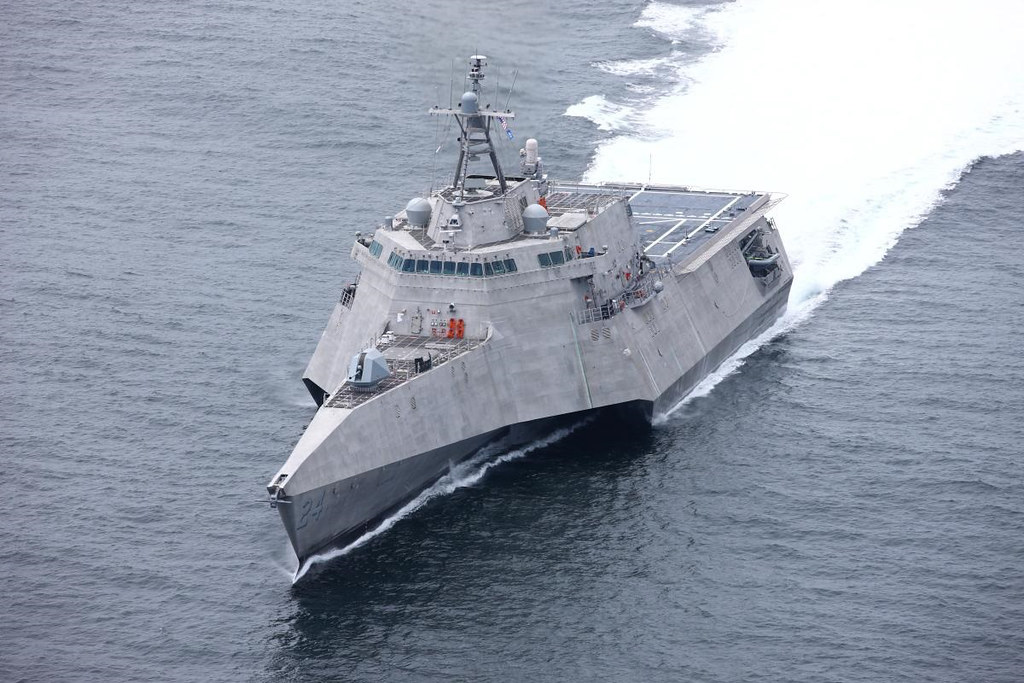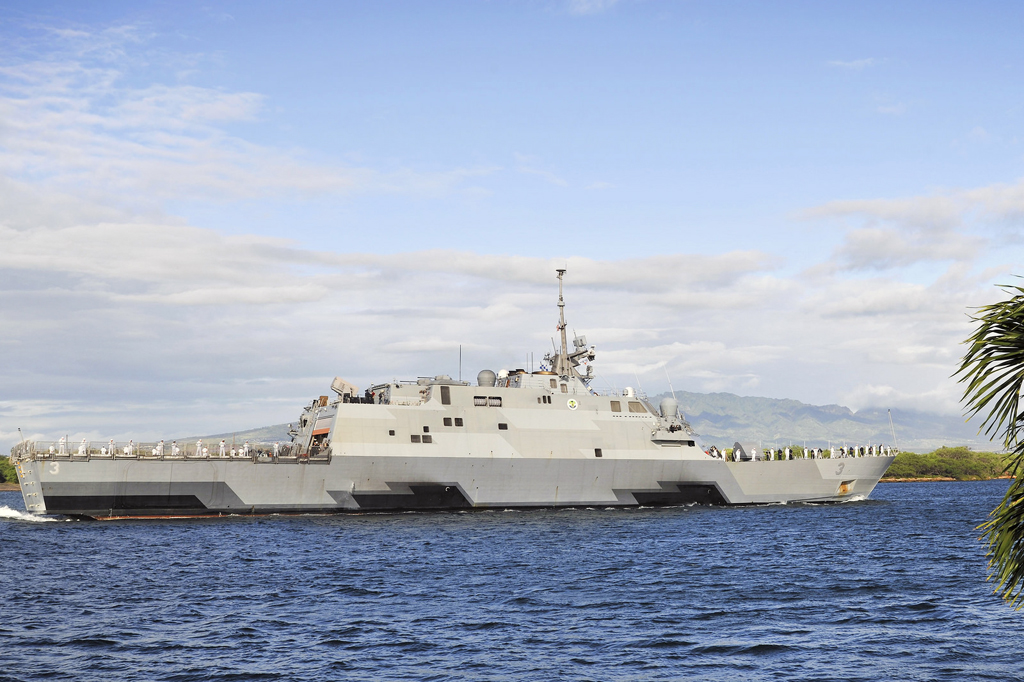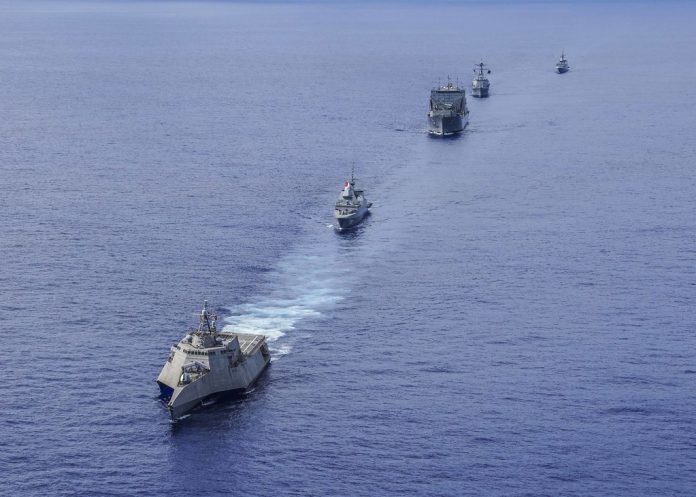
The U.S. Navy is grappling with the fate of its littoral combat ships (LCS), a class of warships once touted for their speed, agility, and versatility in near-shore operations but now facing an uncertain future.

The ship, designed to operate in shallow waters near the shore, consists of two parts: the ship itself and its mission packages.

The Navy developed two variants, Freedom – a steel design built by Lockheed Martin – and Independence – an aluminum design by an industry team originally led by General Dynamics, but Austal USA now serves as the prime contractor.

Initially envisioned to bring increased warfighting flexibility and close critical warfighting gaps, the LCS has been marred by operational challenges, equipment failures, and cost overruns, leading to substantial criticism and early retirements from the fleet.

Among the recent moves, the Navy has decided to decommission several of its LCSs, including the USS Jackson and USS Montgomery, which are set for retirement despite being years away from their expected service end.

This decision aligns with the broader Navy strategy to reassess its ship composition and focus on platforms that offer greater survivability and lethality in high-end fights.

The Navy’s statement acknowledged that the LCS “does not provide the lethality or survivability needed in a high-end fight,” signaling a shift toward a fleet that prioritizes readiness and capability over sheer numbers.

The issues surrounding the LCS have been well documented. Past breakdowns during significant missions and naval exercises have cast a shadow over the program’s effectiveness, with ships like the USS Freedom undergoing repairs for years due to debilitating issues.

Despite the LCS program’s rocky path, some officers remain confident in the class’s potential. In a recent Surface Navy Association panel, the moderator, Rear Admiral Ted LeClair, lauded the progress made in enhancing the LCS’s reliability and lethality.

Panelists, including Captain Marc Crawford, emphasized a shift from contractor-reliant maintenance to training crews for greater self-sufficiency.

Captains Sean Lewis and Mark Haney discussed the LCS’s emerging role in naval operations, with Haney describing them as the “cavalry of the Navy” capable of versatile missions.

Nonetheless, the program’s challenges have led to frank assessments about its future. As the Navy releases its latest shipbuilding plans and budgets, there is a conscious effort to balance aspirations with fiscal realities.

The Navy’s high-range shipbuilding proposal, which aims for a fleet size of 377 manned battle force ships by 2045, contrasts with a more conservative plan constrained by budgetary limitations.

Both the official proposal and the resource-constrained plan would seek to buy two attack boats per year from FY 2026 through FY 2043. Both plans include the Navy purchasing one Columbia-class submarine annually from FY 2026 to FY 2035.

This aligns with the objective of modernizing the sea-based component of the nuclear triad and the necessity to substitute the retiring Ohio-class submarines individually.
Relevant articles:
– The U.S. Navy’s Littoral Combat Ship Might Not Be Total Junk Afterall, The National Interest
– Littoral Combat Ship Still Fighting to Prove Its Worth, National Defense Magazine
– The Inside Story of How the Navy Spent Billions on the “Little Crappy Ship”, ProPublica
– Range Shipbuilding Plan Details 19 Ship Decommissionings in FY 2025, USNI News

